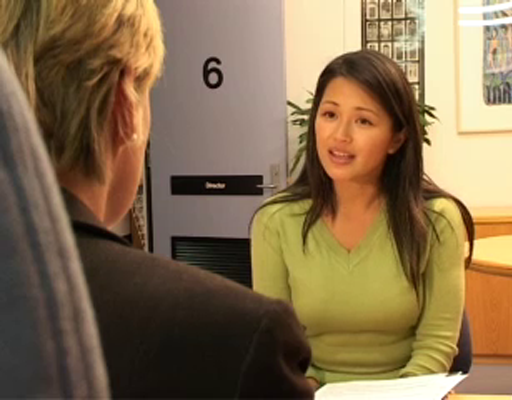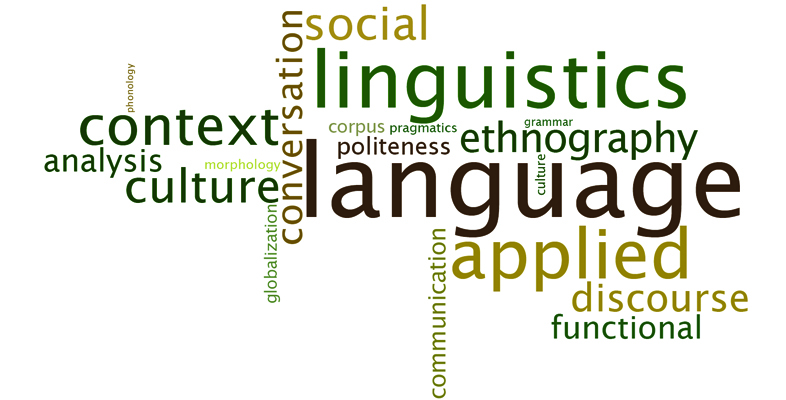3 Using knowledge about language
Now let’s turn to five different real-world scenarios or puzzles, where knowledge about language can be used to inform decision-making.
Activity 8
Consider each of the following puzzles in which decisions about language need to be taken. These are all real situations, though some identifiers have been changed. How would you go about investigating these in order to formulate and give your advice to those who have to take these decisions? (You do not need to come up with solutions, just a possible process for arriving at one.) Make notes of your ideas.
Puzzle 1
The head teacher of a London secondary school is thinking of offering another foreign language in addition to French. The options are Chinese (the world’s largest first language), Spanish (one of the world’s largest and most widely distributed languages) or the Indian language Gujarati (the largest home language in the school and local community – and one which has approximately 43 million speakers worldwide). Which of these languages should be taught, and why?
Puzzle 2
In Metropolis, a US city with a large immigrant population, a specialist healthcare clinic wants to improve the care they offer to people with low English proficiency. They have already introduced translated versions of their information leaflets and provide interpreters on demand. However, even with interpreters present, the clinic finds that consultations involving patients with low English proficiency don’t go as smoothly as others and they want to find out why. What aspects of communication might be at play here? What should the clinic investigate?
Puzzle 3
Zramzshra is a small island in the Indian Ocean. The Zramzshran language uses a unique alphabet, which (like Greek) developed from the Phoenician alphabet when traders came there 3000 years ago. The island’s finance minister argues for a ‘reform’ in which this alphabet will be replaced by the Roman alphabet (the one used in English and many other languages). This change, she argues, will make the island’s life easier and more prosperous, with benefits for English teaching, computer-mediated communication, trade and tourism. Is this the best policy? What other factors should the finance minister consider?
Puzzle 4
Two medium sized travel agencies are about to merge and form a new mass market travel company. They are trying to decide what to name their new company and have a shortlist of two names: ‘Destinations’ and ‘Going Places’. Which name would you recommend and why?
Puzzle 5
The interaction below took place in an office in Australia. Why did the first speaker not achieve her goal of getting time off?

Transcript
Discussion
In responding to such language-related problems, one can of course draw upon common sense and experience to judge what action should be taken. Yet, if called upon to offer advice on these problems as an applied linguist, a more systematic approach is needed, as Block’s description of the research process suggests. Each puzzle was set so the next step might be to study what other people have said on similar matters and to see what other information may need to be gathered to understand the situation better. You may have noted down different approaches, but our suggestions are:
- Puzzle 1: Sometimes the best option for an applied linguist is not offer any answers, but to ask more questions. The head teacher could use questionnaires to find out what parents and pupils think would make sense.
- Puzzle 2: Language and culture interact in complex ways so linguistic competence (whether someone has low or high language proficiency) may not be the only thing at play here. The clinic could investigate what differences there might be between how medical consultations work in the patients’ home country and in Metropolis.
- Puzzle 3: While the finance minister might be right about the economic advantages of switching alphabets, she should also consider that language, including its script, is part of culture, as a number of scholars have pointed out. She is asking the islanders to give up something that is part of their cultural heritage and identity.
- Puzzle 4: With these kinds of decisions one needs to think about all possible meanings of the words. One has to consider not only the dictionary definitions, but also their social meanings and emotional impact. In short, their associations and connotations. Associations and connotations of words develop through usage so a good starting point would be investigating how these are used by speakers in different contexts.
- Puzzle 5: There could be lots of factors involved here and an applied linguist would need to consider the institutional context, the relationship between and relative positions of speaker and addressee, how important those project reports are and the language (including body language and facial expressions) that was used. A change in any of these could lead to a different outcome.
In the video below, you can see the difference a change in communicative style made. Think about what aspects of communication have changed.

Transcript
[KNOCKS]

